Banana bread, with its sweet aroma and comforting taste, has a special place in the hearts of many. This beloved quick bread, known for its simplicity and versatility, can sometimes pose a challenge in achieving the perfect moist texture. Moisture is key to transforming good banana bread into great banana bread, making it a topic of much discussion and experimentation among baking enthusiasts. Understanding the science behind moisture in baking, along with common pitfalls to avoid, can help you master the art of moist banana bread.
The Science of Moisture in Baking for Perfectly Moist Banana Bread
Baking is a delicate blend of science and art. Moisture is crucial, especially in beloved treats like banana bread. Getting that perfect moist texture isn’t just about ingredients—it’s about how they work together in baking.
The Role of Ingredients
The selection of ingredients is crucial for ensuring your banana bread retains moisture. Ingredients like bananas, which are the star of the recipe, contribute natural sugars and moisture. Fats, such as butter or oil, are essential not only for their flavor but also for their ability to add tenderness and moistness to the bread. Dairy products or dairy alternatives, when used, introduce moisture and fat, which help in creating a soft texture.
For those exploring dairy-free options, the article Dairy-Free Delight: Banana Bread Recipe No Butter provides valuable insights into how to maintain moisture without traditional ingredients.
Key Strategies for Moisture Control and Baking Time in Moist Banana Bread
The baking time and temperature are equally important in the quest for moist banana bread. Overbaking is a common mistake that leads to dryness, as prolonged heat exposure causes excessive moisture evaporation. Finding the sweet spot where the bread is fully baked but retains its moisture is key. This involves not just setting the right temperature but also knowing when to remove the bread from the oven.
The Importance of Measurement
Accurate measurement of ingredients plays a significant role in moisture control. Too much flour can absorb excess moisture, leading to dry bread, while too little can result in a batter that’s too wet, affecting the bread’s structure. The method of measuring flour—preferably by spooning it into a measuring cup and leveling it off—can make a significant difference in the final product.
Ingredient Interactions
Understanding how ingredients interact can also help in achieving moist banana bread. For example, the sugar in bananas not only sweetens the bread but also attracts water, which helps keep the bread moist. Eggs, another common ingredient, add structure and moisture. Their proteins set at different temperatures, helping to trap moisture within the bread.
For those curious about substituting traditional fats, What Can You Substitute for Butter in Banana Bread? offers a guide on how different substitutes can affect moisture and flavor, a valuable resource for bakers looking to experiment.
Common Mistakes Leading to Dry Banana Bread
Achieving the perfect loaf of banana bread, characterized by its moist and tender crumb, is often hindered by several common baking missteps. Understanding these pitfalls is the first step toward ensuring your banana bread remains delightfully moist.
Choosing the Wrong Bananas
The choice of bananas is fundamental to the moisture content of your banana bread. Underripe bananas lack the sweetness and moisture necessary for a rich, flavorful loaf. On the other hand, overripe bananas, marked by their soft texture and darkened skin, are packed with natural sugars and moisture, making them ideal for baking. These bananas not only enhance the bread’s flavor but also contribute significantly to its moist texture. For a recipe that perfectly captures this principle, check out this Unbelievably Moist Banana Bread Recipe, which highlights the importance of using the right type of bananas.
The Perils of Over-Mixing
Over-mixing the batter is a mistake that can lead to gluten development, resulting in a dense and rubbery texture rather than a soft and moist crumb. When combining wet and dry ingredients, a gentle hand is crucial. Mix just until the ingredients are incorporated, and no flour streaks remain. This approach minimizes gluten formation and helps maintain the tender structure of the banana bread. For further guidance on achieving that perfect texture, consider the advice from How to Make Banana Bread Moist – The Washington Post, which offers expert tips on ingredient selection and baking techniques.
Misjudging Banana Quantity
- While bananas are essential for moisture, using too much can lead to a heavy, wet loaf, whereas using too little can result in dryness.
- The key is to follow the recipe’s specified amount of banana, which is carefully calculated to balance moisture without compromising the bread’s structure.
- This balance ensures that the bread cooks evenly and retains its desired moistness.
Flour Measurement Techniques
- Incorrect flour measurement is another common error that can affect the moisture of banana bread.
- Too much flour will absorb excessive moisture, leading to a dry and crumbly texture.
- Conversely, too little flour can make the batter too wet, preventing it from setting properly.
- The recommended method for measuring flour is the “spoon and level” technique, which involves spooning flour into a measuring cup and leveling off the excess with a knife. This method ensures accuracy and consistency in your baking results.
Oven Temperature and Baking Time
- The oven temperature and baking time are critical factors in preventing dry banana bread.
- An oven that’s too hot or a baking time that’s too long can cause the bread to lose moisture rapidly, resulting in a dry texture.
- It’s important to preheat the oven to the correct temperature and to check the bread for doneness towards the end of the baking time.
- A toothpick or skewer inserted into the center should come out clean or with a few moist crumbs attached, indicating that the bread is perfectly baked.
By avoiding these common mistakes and following the linked expert advice, you can ensure your banana bread remains moist and delicious every time.
Advanced Tips for Moist Banana Bread
Achieving the pinnacle of moistness in banana bread requires a deeper dive into the nuances of baking techniques and ingredient interactions. These advanced tips aim to help you improve your approach, ensuring every loaf you bake achieves moist perfection.
Fine-Tuning Ingredient Selection
- Opt for the Right Fats: The choice between butter and oil can significantly impact your bread’s moisture. Oils, being liquid at room temperature, tend to imbue the bread with a more tender crumb and lasting moistness. Consider the flavor profile of the oil to complement the bananas.
- Moisture-Rich Add-Ins: Ingredients like yogurt, sour cream, or applesauce not only introduce additional moisture but also bring acidity that tenderizes the dough, enhancing the bread’s texture. Balancing these add-ins with the foundational recipe ensures a moist loaf without compromising structure.
Mastering the Mix
- The Art of Mixing: Achieving a balance between under and over-mixing is crucial. Mix until just combined to prevent gluten development, which can lead to a tougher texture. This gentle approach ensures the ingredients are evenly distributed without compromising the bread’s tender, moist quality.
Baking Insights
- Temperature and Timing: Precise control over baking temperature and time is vital. Too high a temperature or too long in the oven can dry out your bread. Use an oven thermometer to ensure accuracy, and always test for doneness with a toothpick or skewer.
- Cooling Strategy: How you cool your banana bread can affect its moisture. Allow it to cool in the pan for a short period to settle, then transfer to a wire rack. This prevents the bottom from becoming soggy while allowing the bread to cool evenly, retaining its moist interior.
Ingredient Ratios and Adjustments
- Altitude Adjustments: High-altitude baking can alter the outcome of your banana bread. Decrease leavening agents slightly and increase moisture (through additional liquid ingredients) to compensate for the drier environment and faster rising due to lower air pressure.
- Flour Choices: Experimenting with flour types can influence moisture retention. A partial substitution of all-purpose flour with whole wheat can introduce more moisture-absorbing elements into your batter, resulting in a denser, moister bread. However, balance is key to avoid making the bread too heavy.
Rest and Storage
- The Importance of Resting: Allowing your banana bread to rest after baking redistributes the moisture throughout the loaf. A brief rest in the pan followed by cooling on a rack ensures a moist texture without a soggy bottom.
- Optimal Storage: Proper storage is essential for maintaining moisture. Once completely cooled, wrap the bread in plastic wrap or store it in an airtight container. This keeps the bread moist and extends its freshness.
FAQs
When it comes to baking the perfect loaf of banana bread, several questions frequently arise. Addressing these FAQs can help both novice and experienced bakers avoid common pitfalls and achieve that coveted moist texture every time.
Solving the Mystery: Why Does My Banana Bread Come Out Dry Instead of Moist?
Dry banana bread is often the result of a few common mistakes. Overbaking is a primary culprit; even a few minutes too long in the oven can significantly reduce moisture. Another factor is the flour-to-liquid ratio; too much flour or not enough wet ingredients can lead to a dry loaf. Additionally, using underripe bananas can decrease the moisture content, as they contain less natural sugars and fluids compared to their overripe counterparts.
For those looking to ensure their banana bread remains moist and flavorful, incorporating dairy-free alternatives like almond milk or coconut oil can introduce additional moisture, even without traditional dairy products.
Can I add extra bananas to make my banana bread moister?
While it might seem logical that more bananas would result in a moister bread, there’s a delicate balance to maintain.
How do I know when my banana bread is properly cooked?
To avoid a dry or undercooked outcome, it’s crucial to determine when banana bread is fully baked. A classic test involves inserting a toothpick or skewer into the center of the loaf; if it comes out clean or with a few moist crumbs, the bread is done. If the skewer has wet batter on it, the bread needs more time. Remember that oven temperatures vary. Begin checking for doneness a few minutes before the suggested baking time. Also, let the bread cool properly before slicing to retain moisture—it continues to cook slightly from residual heat.

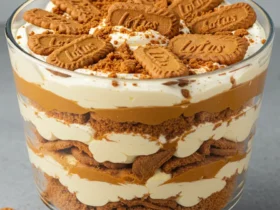
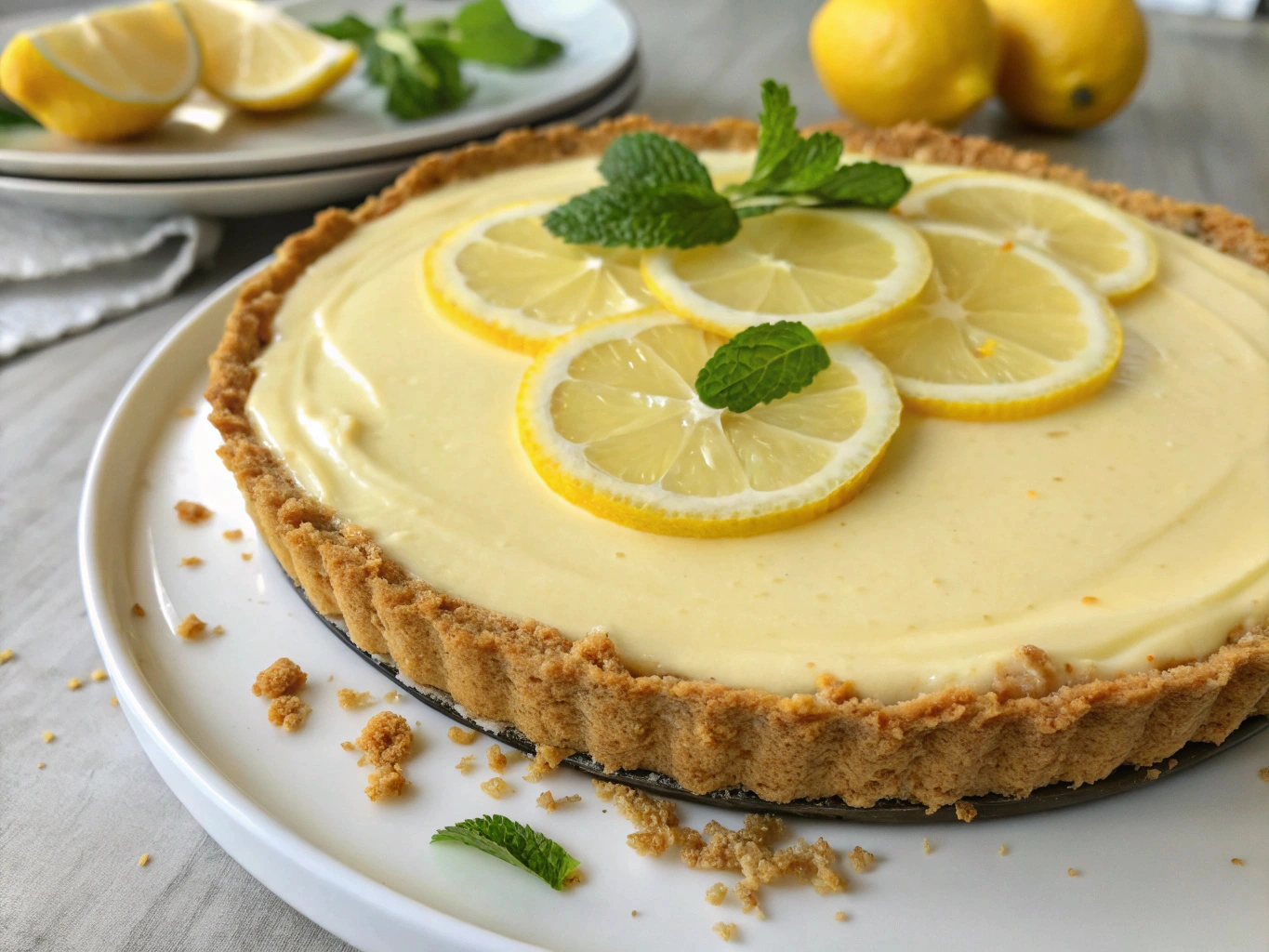
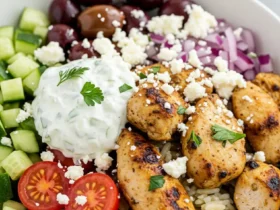

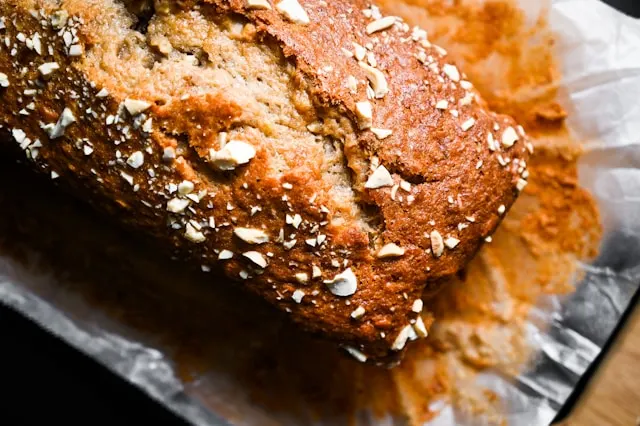

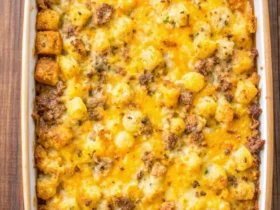
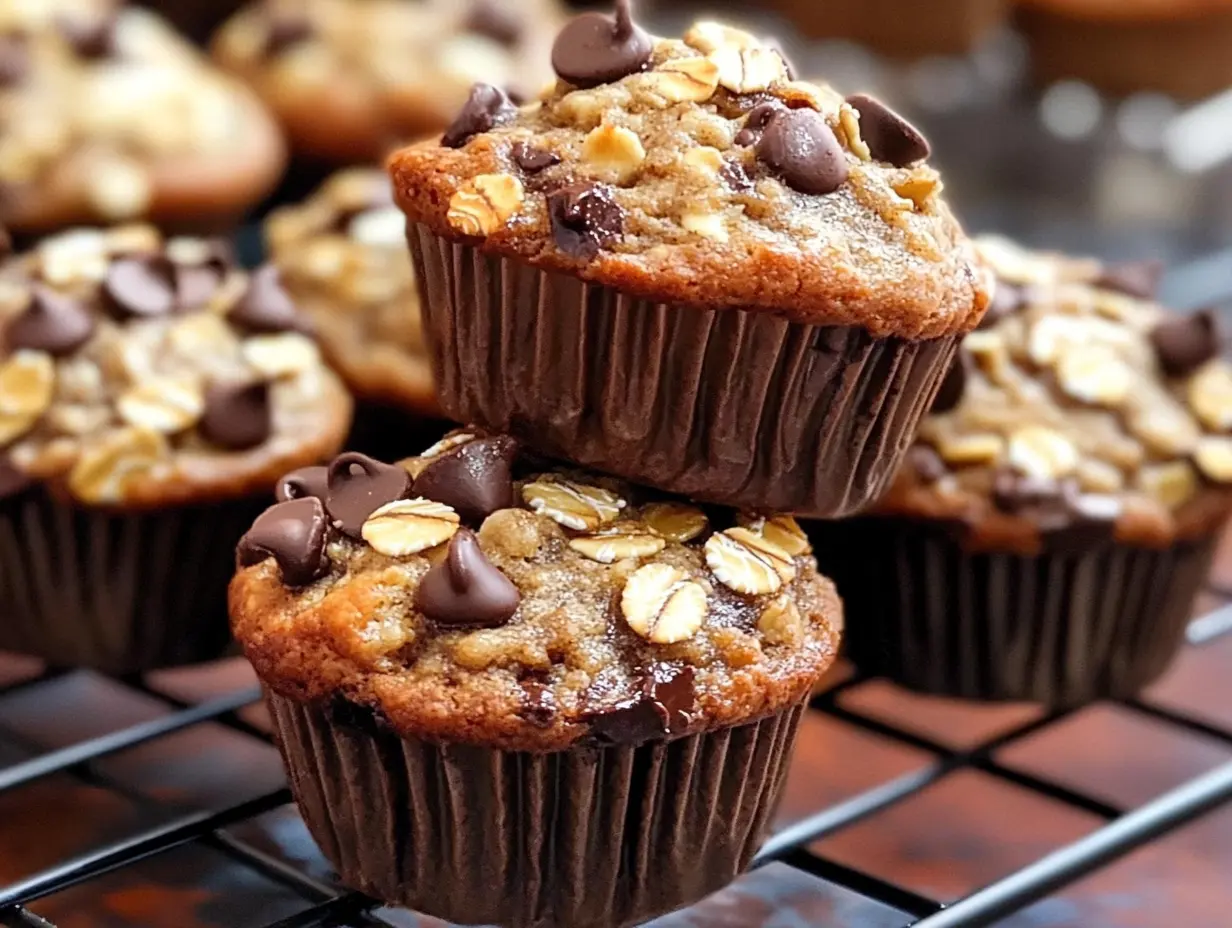
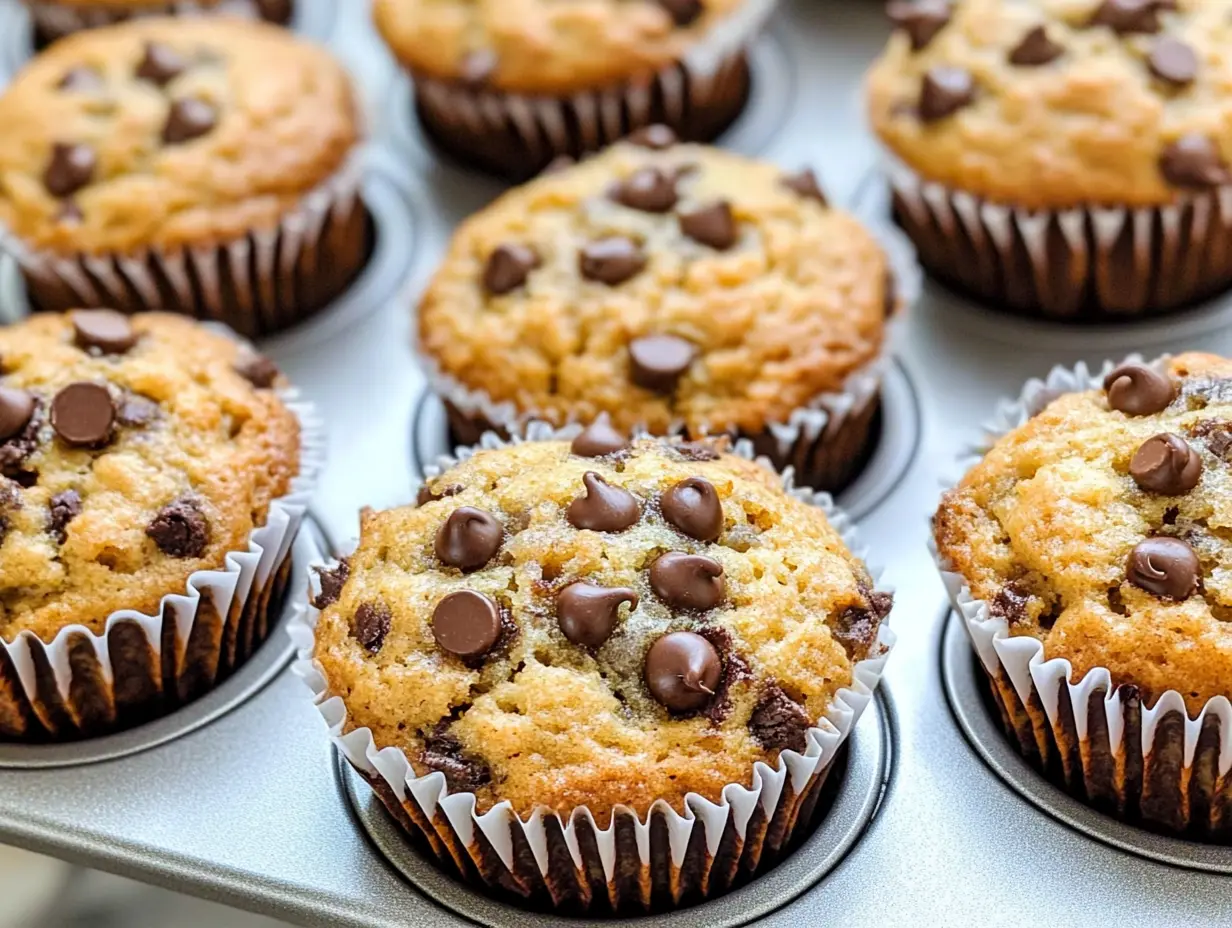
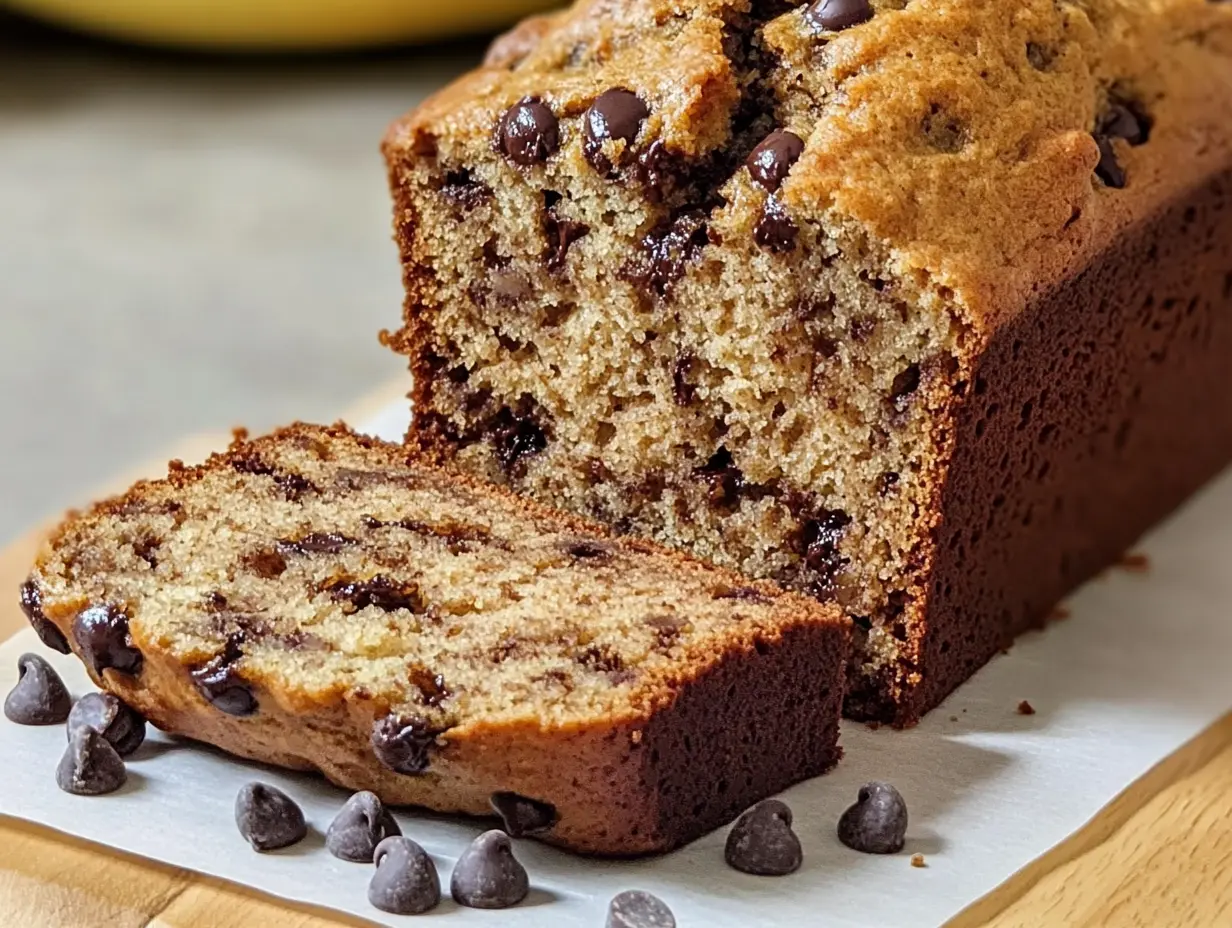
Leave a Reply